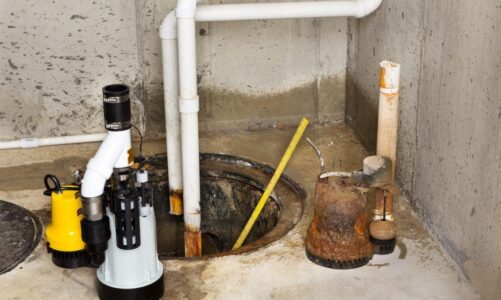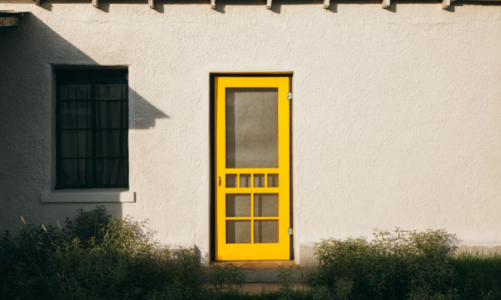Is your workplace making your staff sick? While their duties or colleagues may leave them feeling unhappy, unhealthy buildings can leave them feeling physically and mentally unwell. A lack of air conditioning maintenance, inadequate ventilation (or none at all), and temperatures that are too high in summer and too low in winter are just some of the factors that combine to create workplaces that are nothing more than health hazards.
This is exacerbated by the fact that we spend so much time indoors; probably far more time than we realise. A study done at Harvard University has an innovative but scary way to highlight this; simply take your age and multiply it by 0.9. The answer you get from that quick calculation is how much of your life you have spent indoors. So, a 40-year-old has lived 36 years of their life indoors. A 50-year-old will have spent 45 of those years inside. A 60-year-old will have been inside for 54 years. Another way to look at this equation is that 90% of our time is indoor time. So, if our interior spaces such as offices and homes are not healthy environments, is it any surprise we get so sick, so often?
From a corporate perspective, we live in an era of workspaces boasting all mod cons and being hip beyond belief, with state of the art decor and furnishings. This is all done in a bid to make the employee feel right at home and boost their productivity. Yet while so much attention is paid to this aspect of office design, the fundamentals of creating a healthy workspace might have been overlooked. Over-exposure to artificial light and things like cleaning and deodorising products, flame retardant and stain-resistant chemicals in building materials, such as insulation products and paint, and in soft furnishings like those trendy sofas and carpets, can gradually impact an employee’s health.
This is worsened by a lack of exposure to Vitamin D or good old fresh air. Modern buildings are sealed for the sake of energy efficiency, yet they are basically closed-in spaces where there is inadequate ventilation and people have no choice to breathe in the same fetid air. A sick building leads to sick people, and the more sick people there are, the sicker the building becomes. It’s a vicious cycle that, for the sake of everyone inside the building, must be broken.
While the world focuses on improving outdoor air quality, with a reduction in carbon emissions being the most obvious, is enough attention being paid to indoor air quality? While the current priority is to create interesting and even revolutionary workspaces, are we getting the basics right? Ventilation and air conditioning maintenance are two of the best ways to improve indoor air quality, and this New Zealand company specialises in both of those things. But until those responsible for the development of modern offices start taking indoor air quality seriously, then sick buildings will continue to make their inhabitants sick as well.




